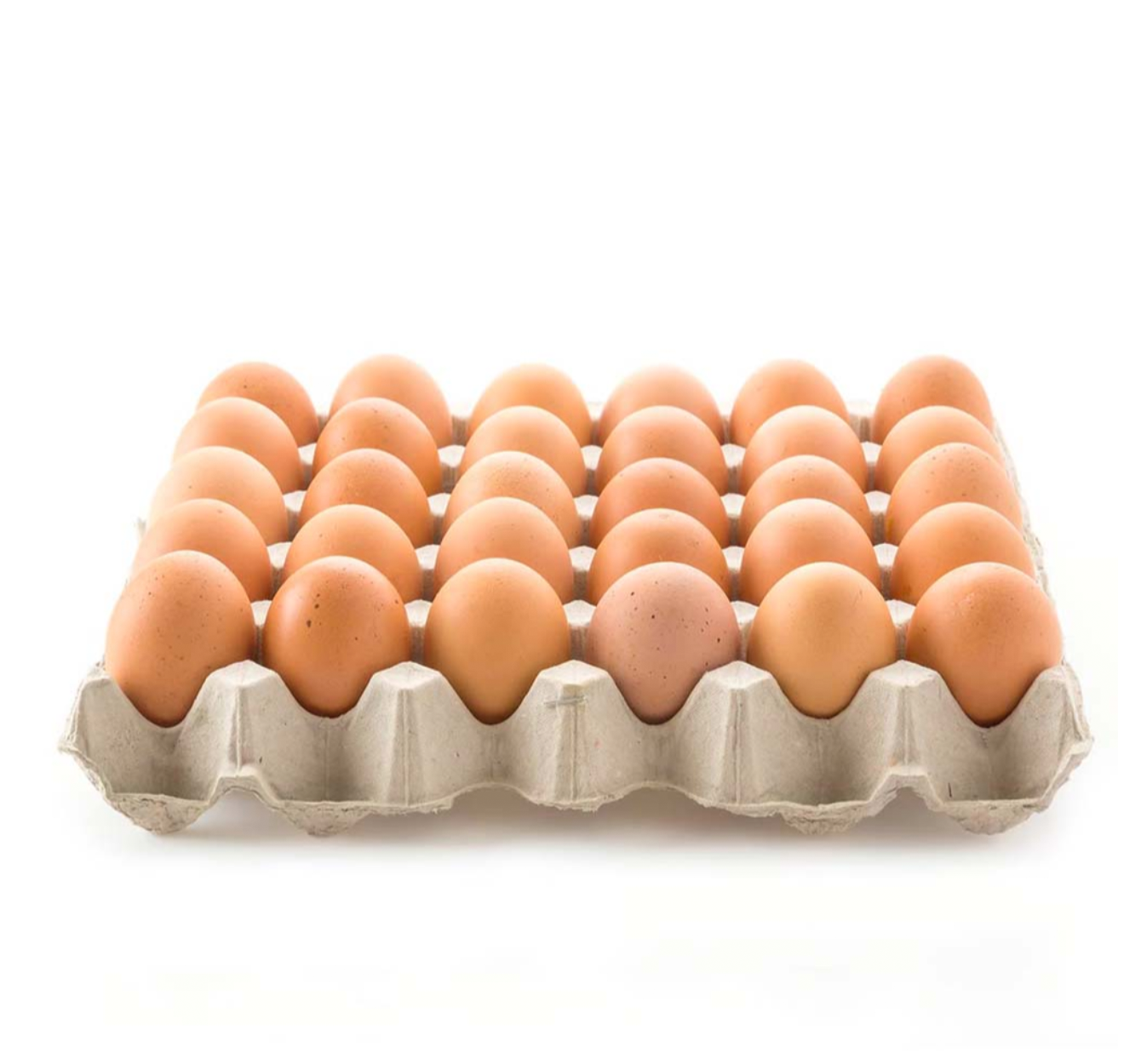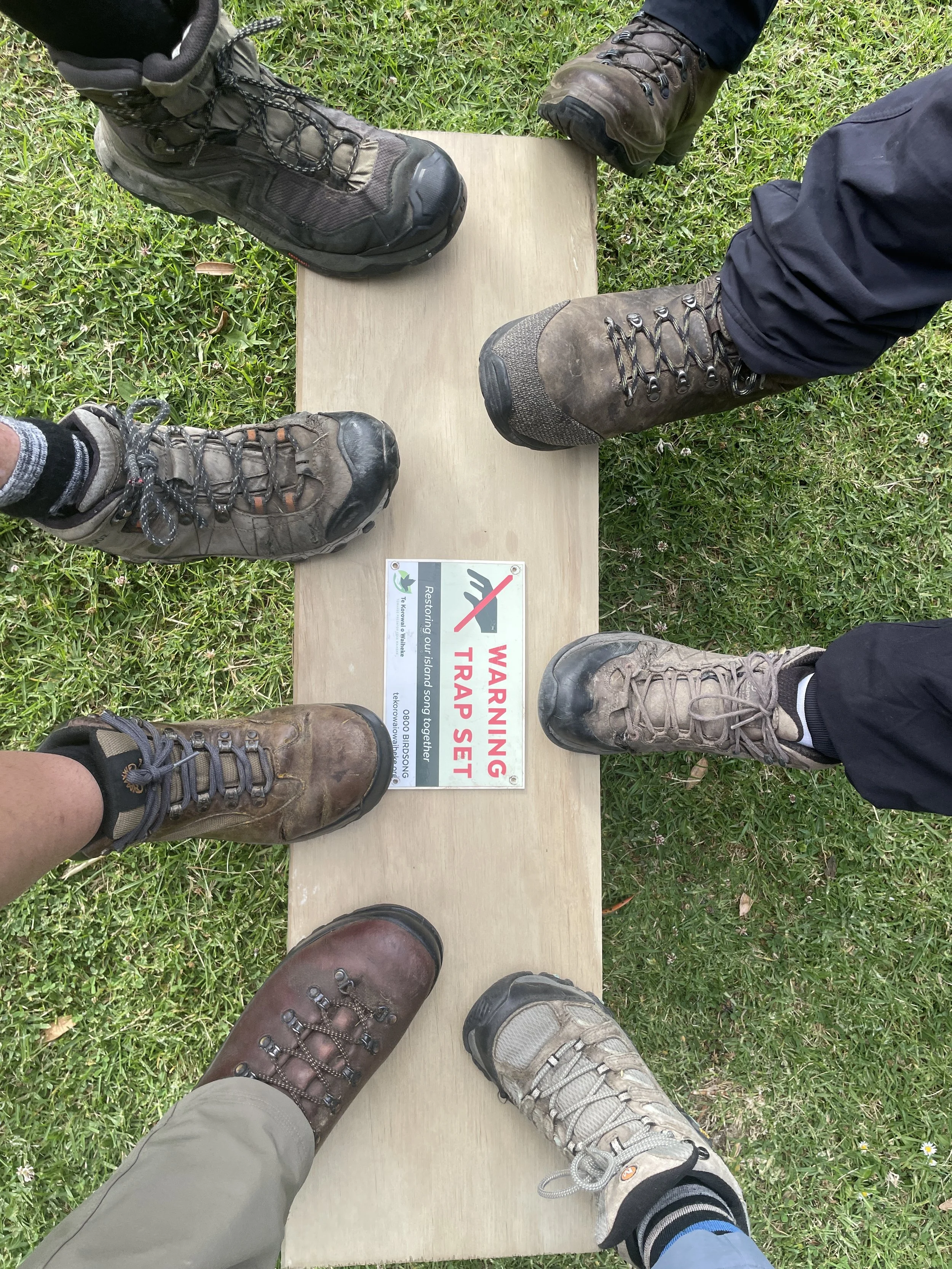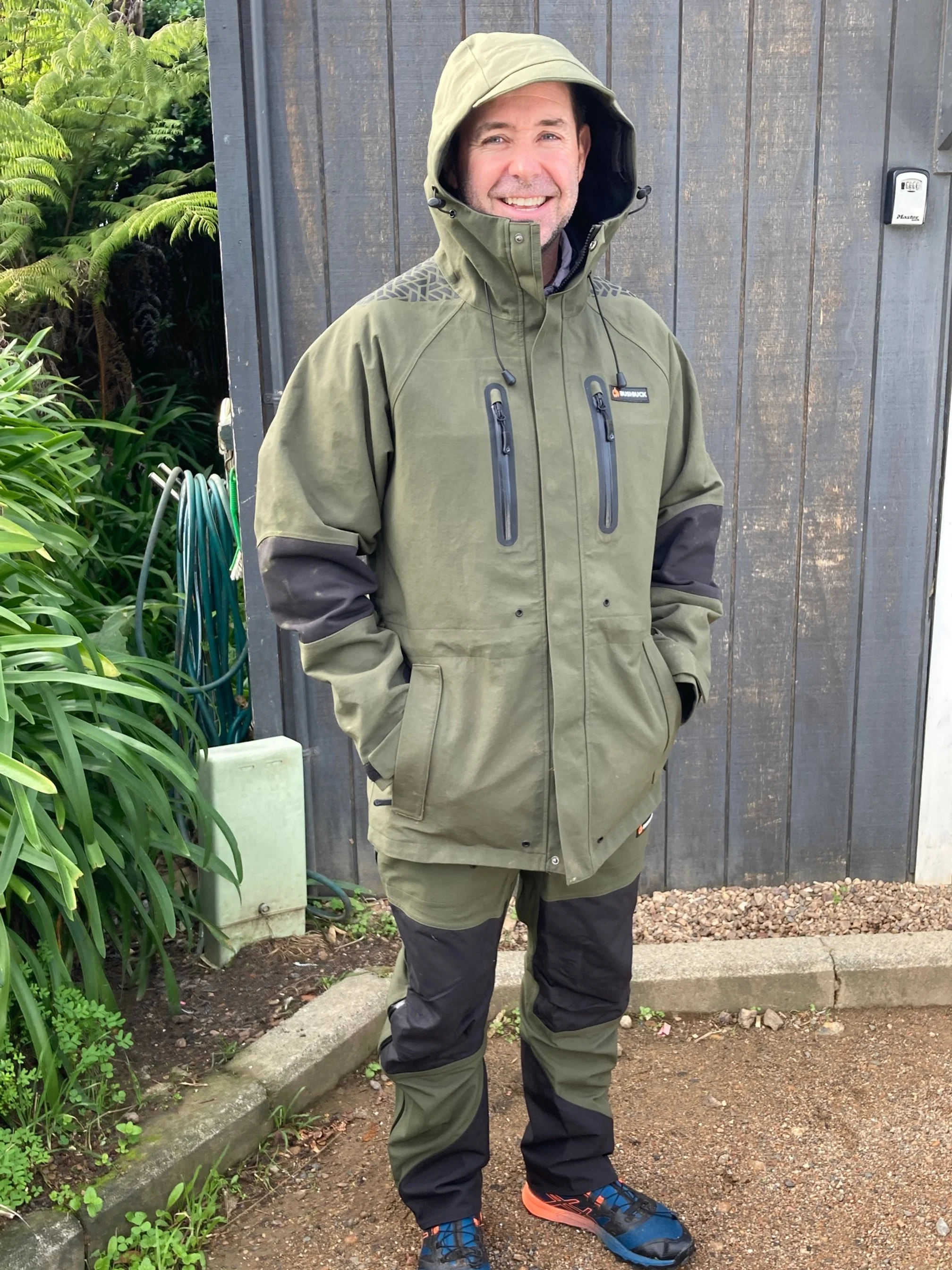
Ma whero ma pango ka oti ai te mahi
With red and black the work will be complete
Photo by Mark Ryan
Get involved
Achieving a predator-free Waiheke will require a collective effort, as the most worthwhile goals are rarely easy. You can help by reporting a stoat sighting, donating, or protecting wildlife through pest control initiatives.
Donate
Become a supporter and play a vital role in helping to achieve a world-first predator-free Waiheke.
Report a stoat
Don’t delay – report a stoat today! We need your help to track down the last wiley stoats..
Backyard trapping
Managing rats on your property offers numerous benefits, and there are lots of methods available.
Support our work with a donation today
Your support can make a real difference. To help us continue this world-leading conservation work, please donate using our quick and secure online options, or give directly to:
TE KOROWAI O WAIHEKE TRUST
12 3109 0057530 00
All donations over $5 can be claimed as a tax deduction.
You can choose one of the options below, or fill in a custom amount.
Ngā mihi nui
Backyard trapping
Controlling rats on your property has many benefits. It can help save wildlife, prevent costly property damage, keep homegrown food safe, prevent an infestation, and halt the spread of diseases by rats.
Key placement areas for traps
Near a compost or potential food source (fruit trees, rubbish bins)
Along fence lines or other linear features in the garden
Near vegetation (not in the middle of the lawn)
Near chicken coop
Benefits of trappings
It’s a cheap option as peanut butter is the only ongoing cost.
There is no long-term environmental toxin load and you can easily see how many rodents are caught.
Trapping also works alongside existing baiting programmes.
There are over a dozen local community groups on Waiheke, find your local group here!
Learn the ins and outs of backyard trapping with Markus Gronwald
Which Trap?
There are two common trapping devices used for backyard and bush rat trapping. Snap traps (T-rex or Victor) and A24 self-resetting traps. Snap traps are a low-cost investment and are easy to check as you walk around your property. Once a snap trap catches a rat it needs to be cleared and reset before it can catch another. For the safety of children and pets, snap traps should always be used inside secure boxes.
A24 self-resetting traps by Good Nature are a higher cost outlay but do not require the rat carcass to be removed from the trap as they fall to the ground after impact. The trap resets itself up to 24 times before the canister needs to be replaced. This option often suits property owners that do not live on Waiheke Island all year around.
Snap Trap
A-24 self resetting trap
Where to buy:
Waiheke Arts & Crafts
102 Ostend Road, Ostend,
09 372 7860
Bait
Bait stations are another way to control rats and do not require checking as frequently as traps. They also may be preferable when controlling large areas, or where rat numbers are high. All toxins should be contained in lockable bait stations to minimise access by pets and non-target species.
Bait
Bait stations
Where to buy:
Placemakers, Ostend, Waiheke Island
Tracking tools
To take your trapping efforts to the next level, you could use tracking tools to optimise the position of your traps, or to check if they are still around!
Chew cards and tracking tunnels are great tools to find out where rats are. Place them where you have seen rats or think rats might frequent. Near compost bins, chicken houses, rubbish areas, woodpiles, and water sources are good places to start.
Tracking tunnels
Chew cards
More information
Controlling Rats Brochure
This Auckland Council brochure gives tips & advice on controlling rats.
Predator Free New Zealand
Trapping Best Practice
There are pros and cons that come with any predator control method. What works best for you will depend on several factors.
Predator Free New Zealand
Trap setting information
The T-Rex rat trap is an affordable and easy-to-use trap that is great for any backyard. The trap sits in a long wooden box, so it’s safe around children and pets.
The first part of Te Korowai o Waiheke’s programme: The Stoat Eradication Project















